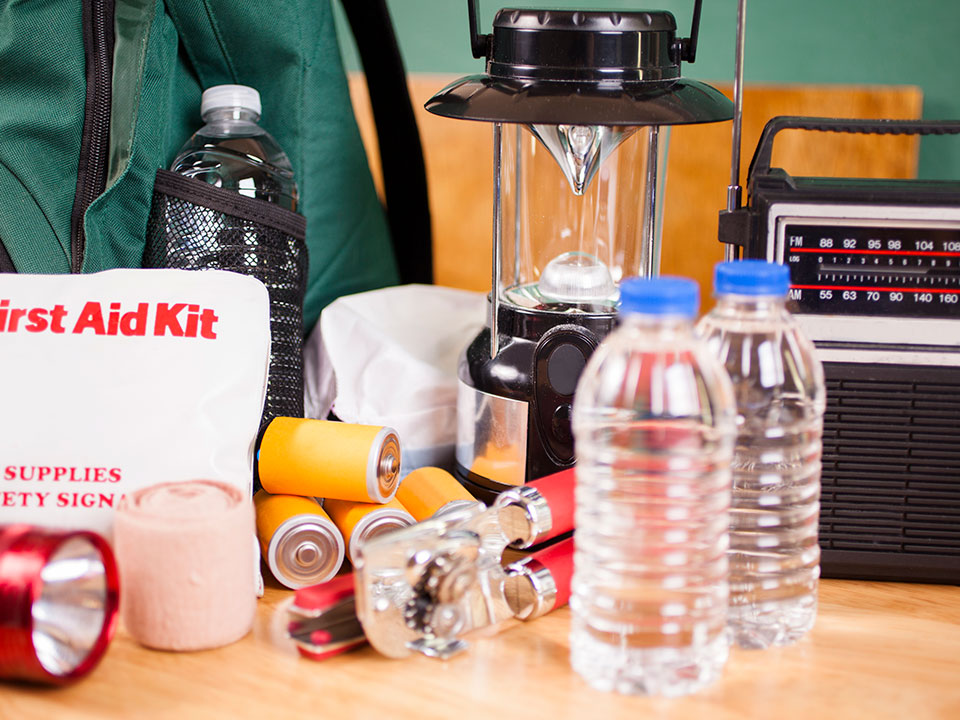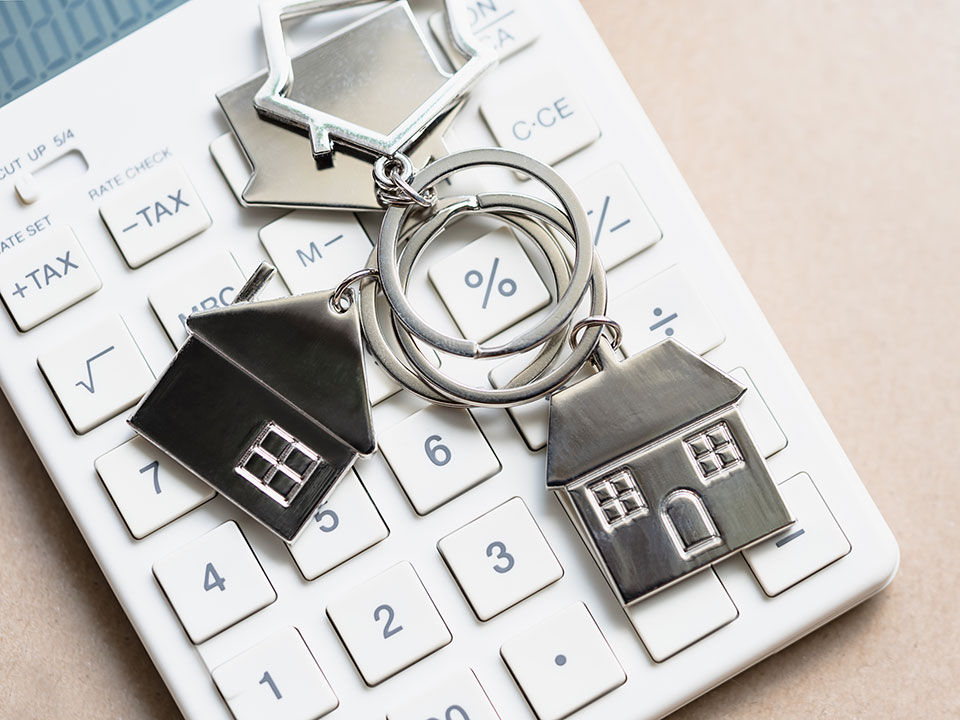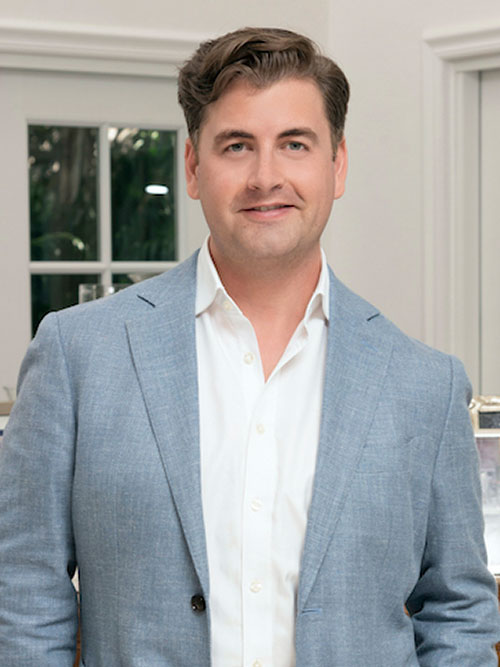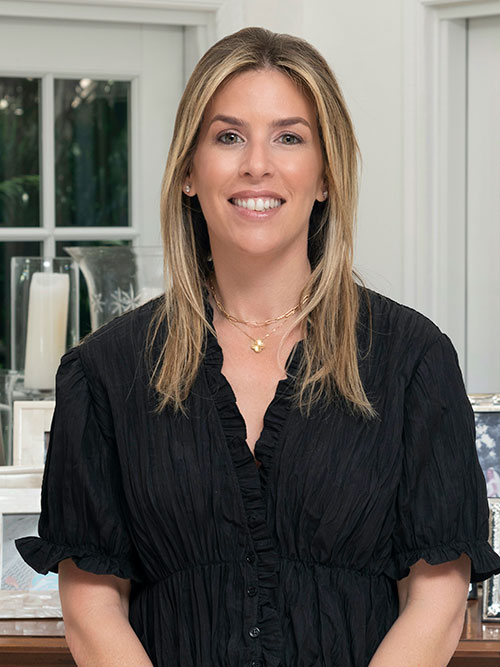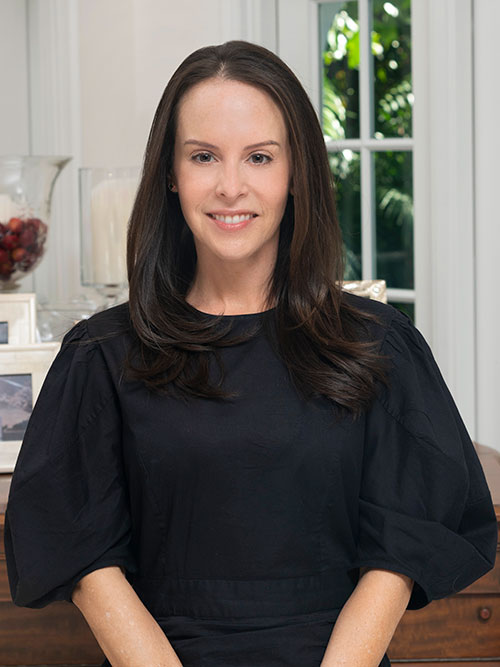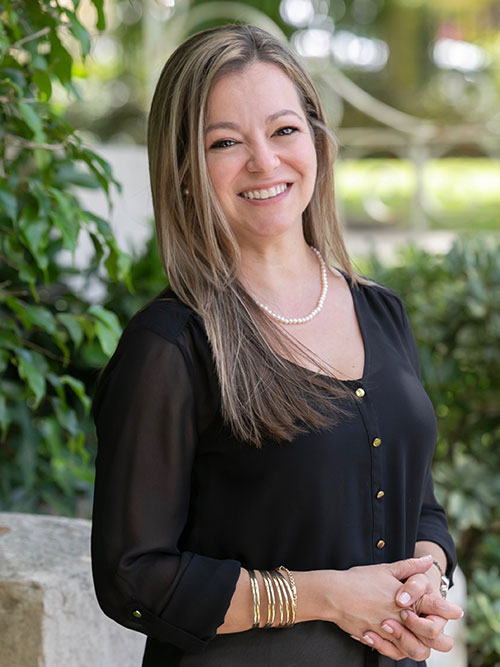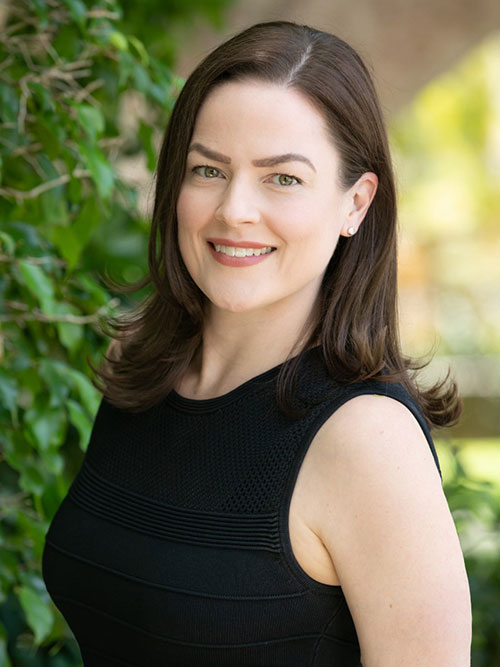This article ran in the Miami Herald on April 10, 2011. I thought it was worth sharing with you on this blog as it will affect the real estate industry if these new mortgage requirements are passed!
 Posted on Sun, Apr. 10, 2011
QRM may spell mortgage troubleBy Kenneth Harney You may have seen reports that the federal government is proposing new mortgage finance rules under which only home purchasers who can afford a minimum 20 percent down payment on a conventional loan would get a shot at the best available interest rates and terms.That is correct, and it’s deeply sobering news for large numbers of first-time and moderate-income buyers who can’t come up with that much cash or afford to pay higher rates.
But some of the other requirements that federal agencies and the Obama administration are proposing in the same plan have gotten much less attention, yet could prove just as troublesome for consumers: • Strict mandatory debt-to-income limits. Under the proposal, to get the best mortgage rates, you’d need to spend no more than 28 percent of your gross monthly income on housing-related expenses, and you couldn’t have total monthly household debt that exceeds 36 percent of your income. There would be no flexibility to go beyond these ceilings, unlike in today’s marketplace where Fannie Mae and Freddie Mac consider debt-to-income ratios along with other factors through their electronic underwriting systems. Freddie Mac, for example, has an overall debt-ratio limit of 45 percent of an applicant’s stable monthly income. • To refinance your existing mortgage and replace it with one carrying the best available interest rate, you’d need no less than a 25 percent equity stake in your house to qualify. If you sought to take any additional cash out through a refi, you’d need 30 percent equity. Today’s typical requirements for a conventional refi are nowhere near as strict. • Pristine credit standards. For example, if you were 60 days late on any credit account during the previous 24 months, you’d be ineligible for a mortgage at the best available terms. These are all core features of what may be the most sweeping and controversial set of changes in decades for the housing and mortgage markets. The so-called “qualified residential mortgage” (QRM) proposals were released at the end of March by banking, securities and housing regulators, along with the Department of Housing and Urban Development. The agencies were required by the 2010 financial reform legislation to come up with new standards for low-risk conventional mortgages. Congress did not specify precisely what a “safe” mortgage should look like, but directed the agencies to consider such factors as full documentation of borrower income and assets plus avoidance of toxic features such as negative amortization and balloon payments. Congress was silent on the subject of minimum down payments. Under the law, loans that do not meet the strict QRM tests will be pushed into a less-favored, higher cost category: Banks and Wall Street securitizers will need to set aside 5 percent of loan balances into reserves to handle possible losses from defaults. This extra capital cost inevitably will be passed on to consumers. Mortgage industry estimates of the interest rate differential between ultra-safe, QRM-qualifying loans and all others range from three-quarters of 1 percent to three percentage points. In today’s market, this would mean that mortgages that meet the federal agencies’ stringent new standards might go for 5 percent. But all others — the vast majority of today’s conventional loans — could cost anywhere from just under 6 percent to 7 percent and higher. You can only muster a 10 percent down payment? Tough. You can’t quite fit into the tight confines of the QRM’s debt-to-income ratio rule? Pay up. Where and when will this all start hitting the marketplace? It won’t change anything much for a while. The proposals are out for public comment through June 10 and won’t likely be put into effect until mid-2012. The agencies’ proposal, though not the legislation, exempts mortgages sold to Fannie Mae and Freddie Mac from the rule as long as both remain under federal conservatorship — a date uncertain. FHA and VA mortgages will not be subject to QRM either. Meanwhile, builders, consumer groups, banks, realty agents and others are readying campaigns to convince the regulators and the Obama administration to back off some of their harshest provisions. Michael Calhoun, president of the Center for Responsible Lending, argues that if adopted in its current form, the proposal will make it much tougher for modest-income and minority consumers to ever afford a first home. Jerry Howard, CEO of the National Association of Home Builders, says the agencies and the administration have strayed far beyond Congress’ intent, and their proposals threaten to wreck any recovery in housing and force millions of Americans to rent rather than to own. “I think we’re in for a hell of a fight,” he says Kenneth Harney is executive director of the National Real Estate Development Center. |


